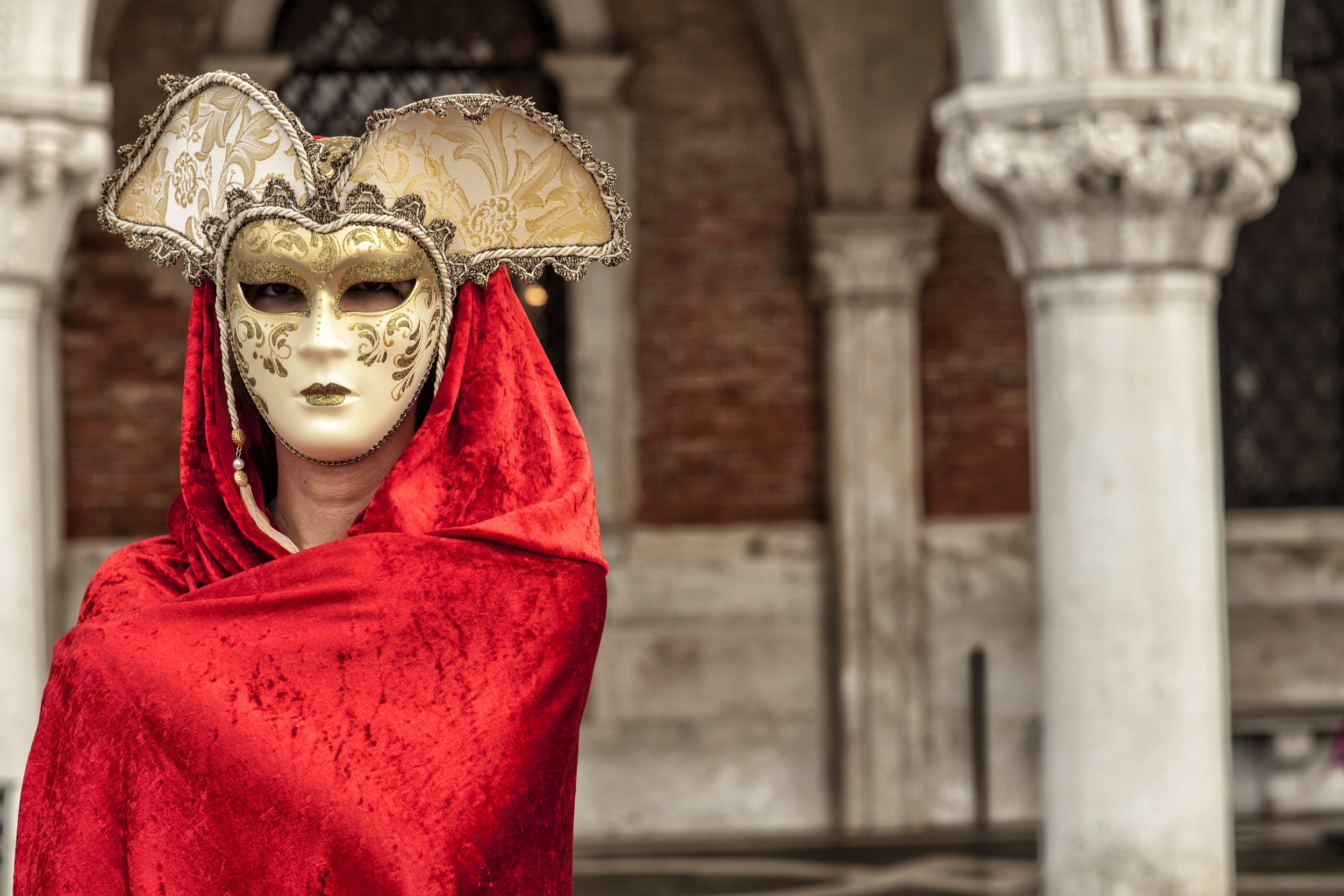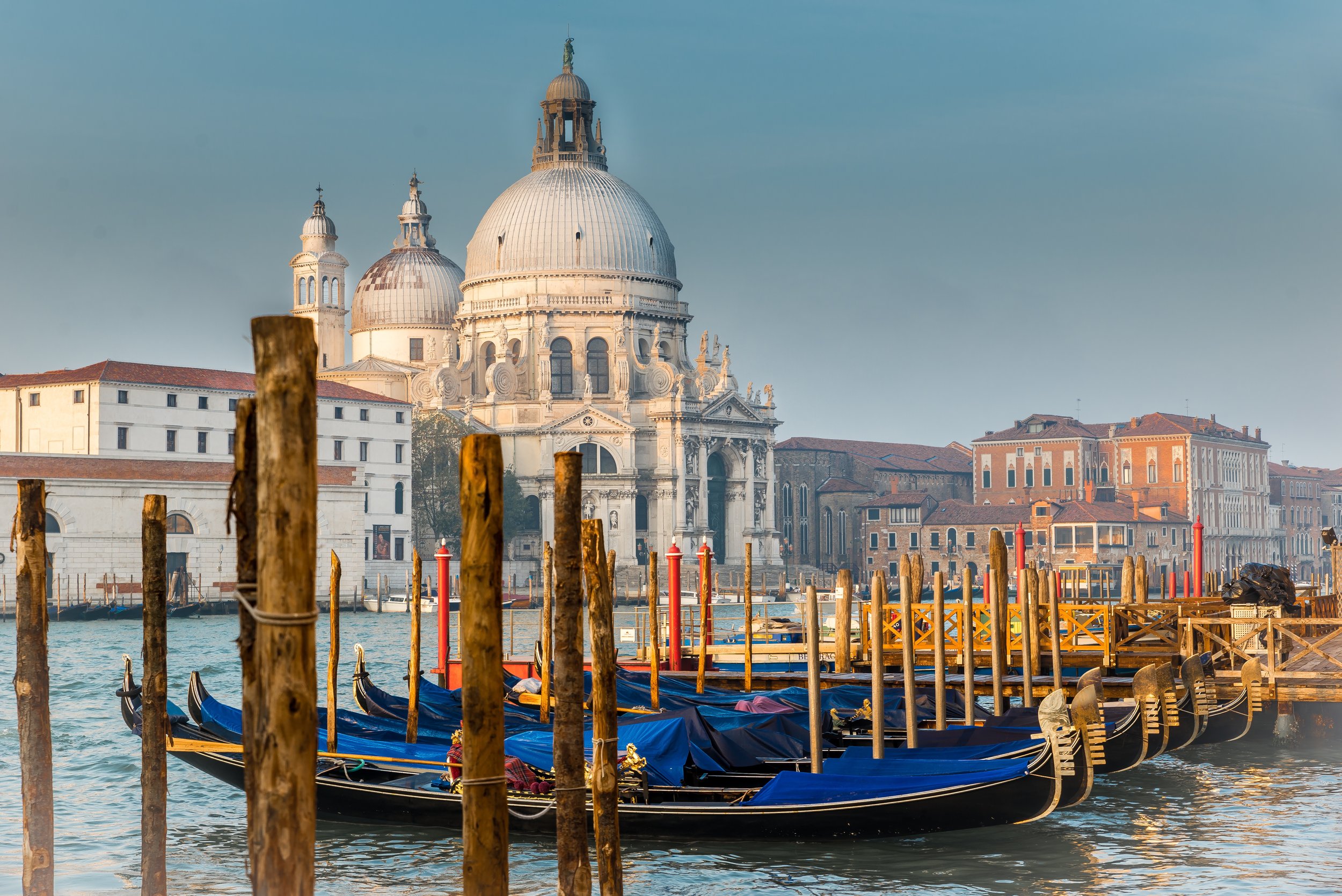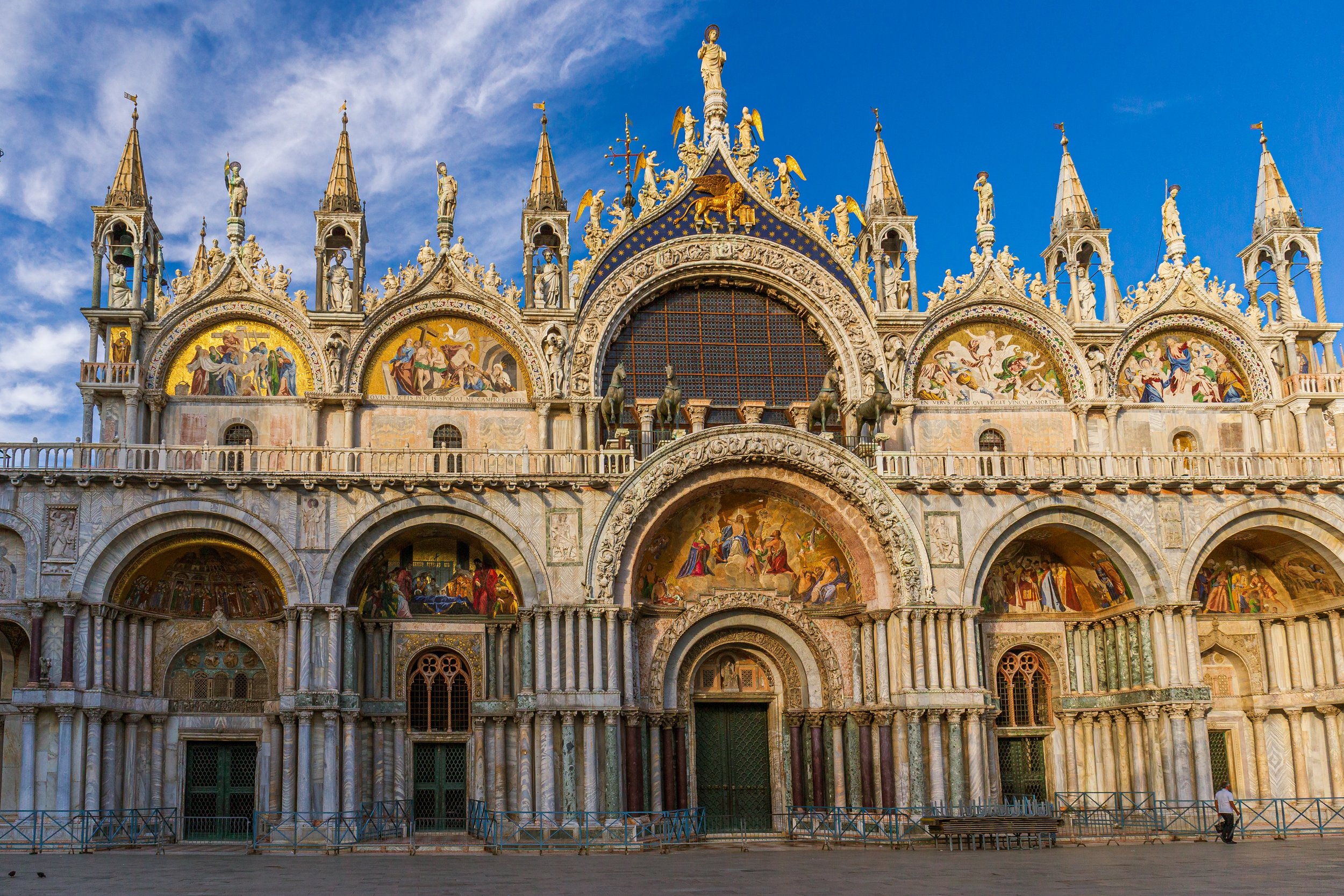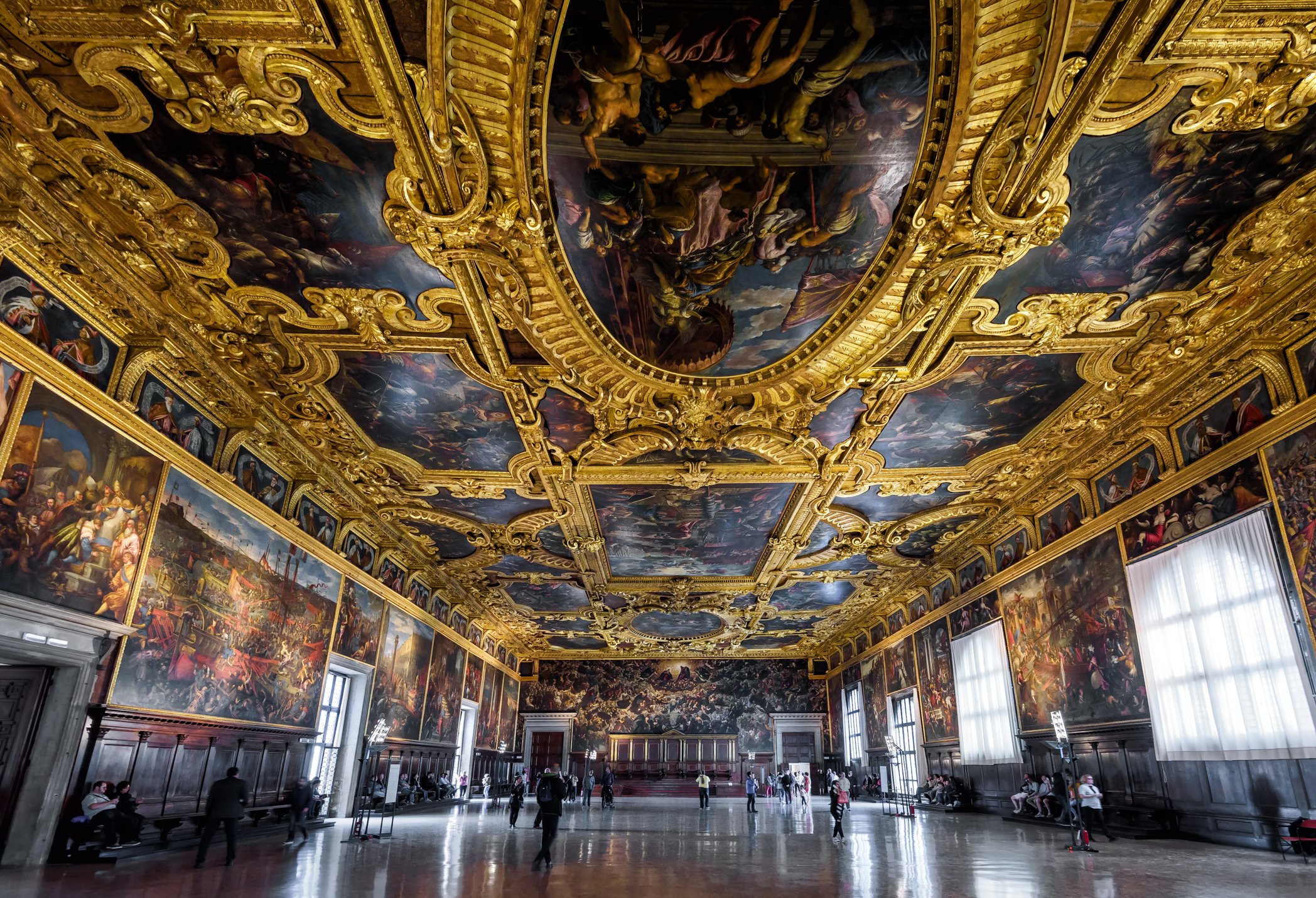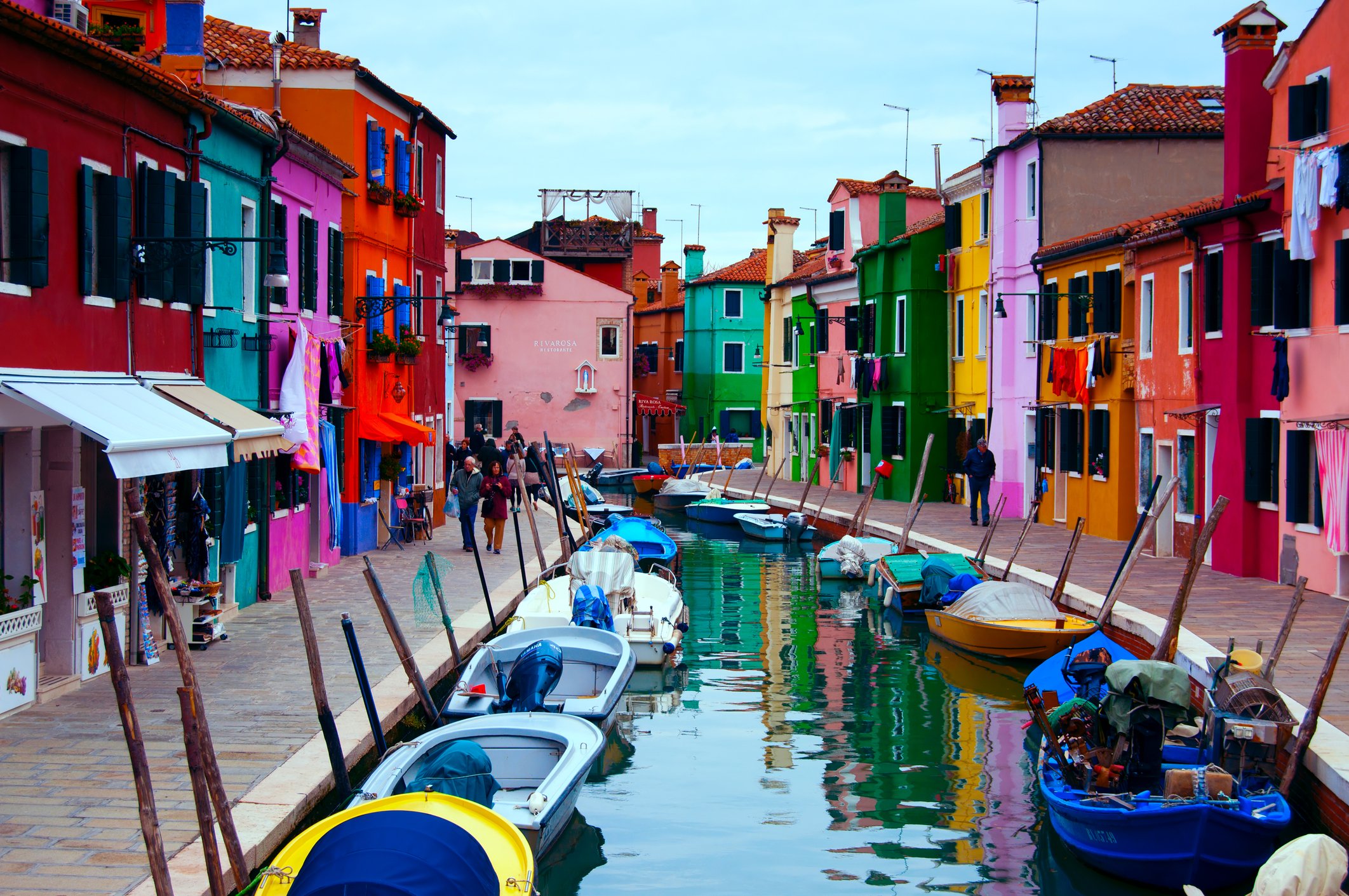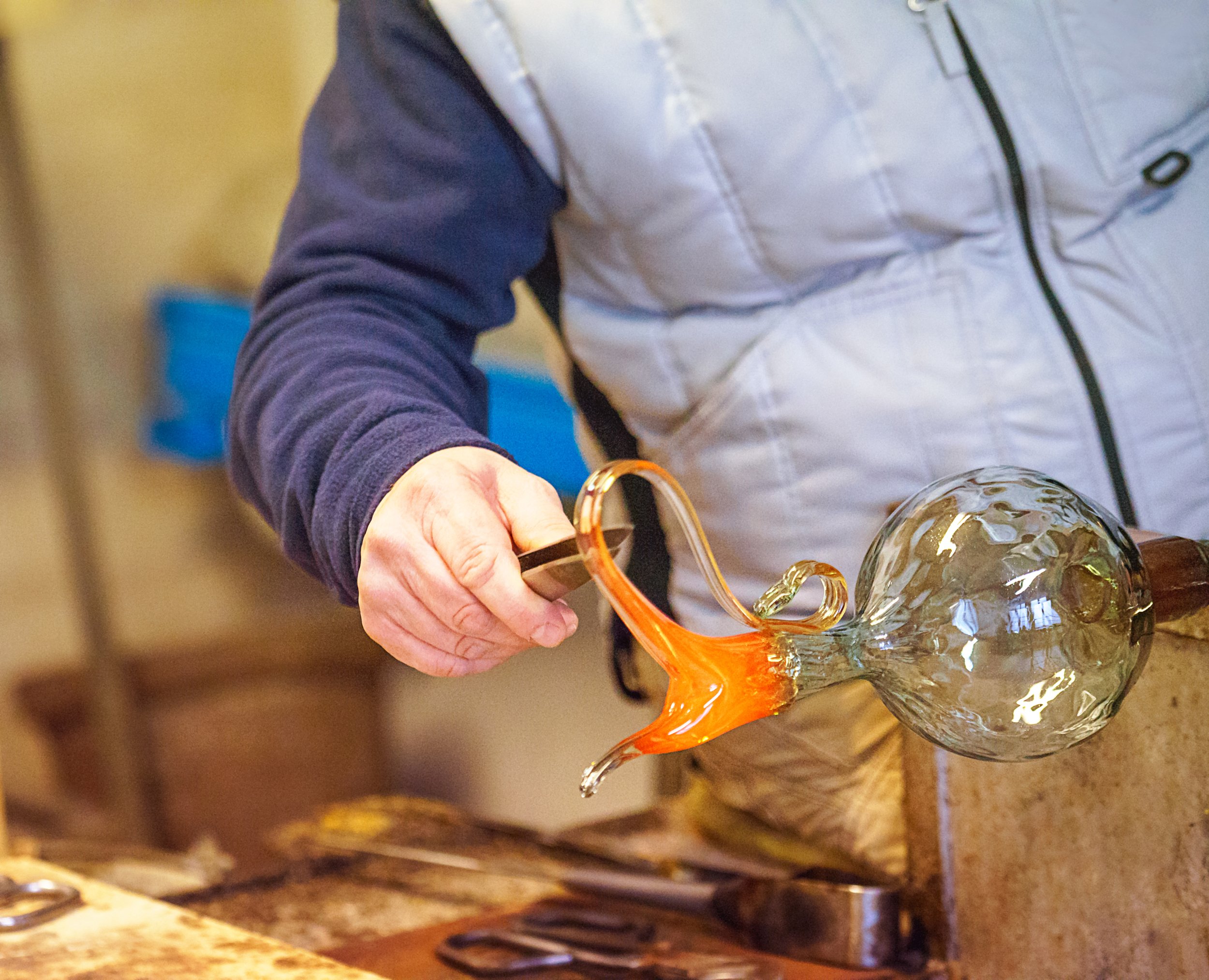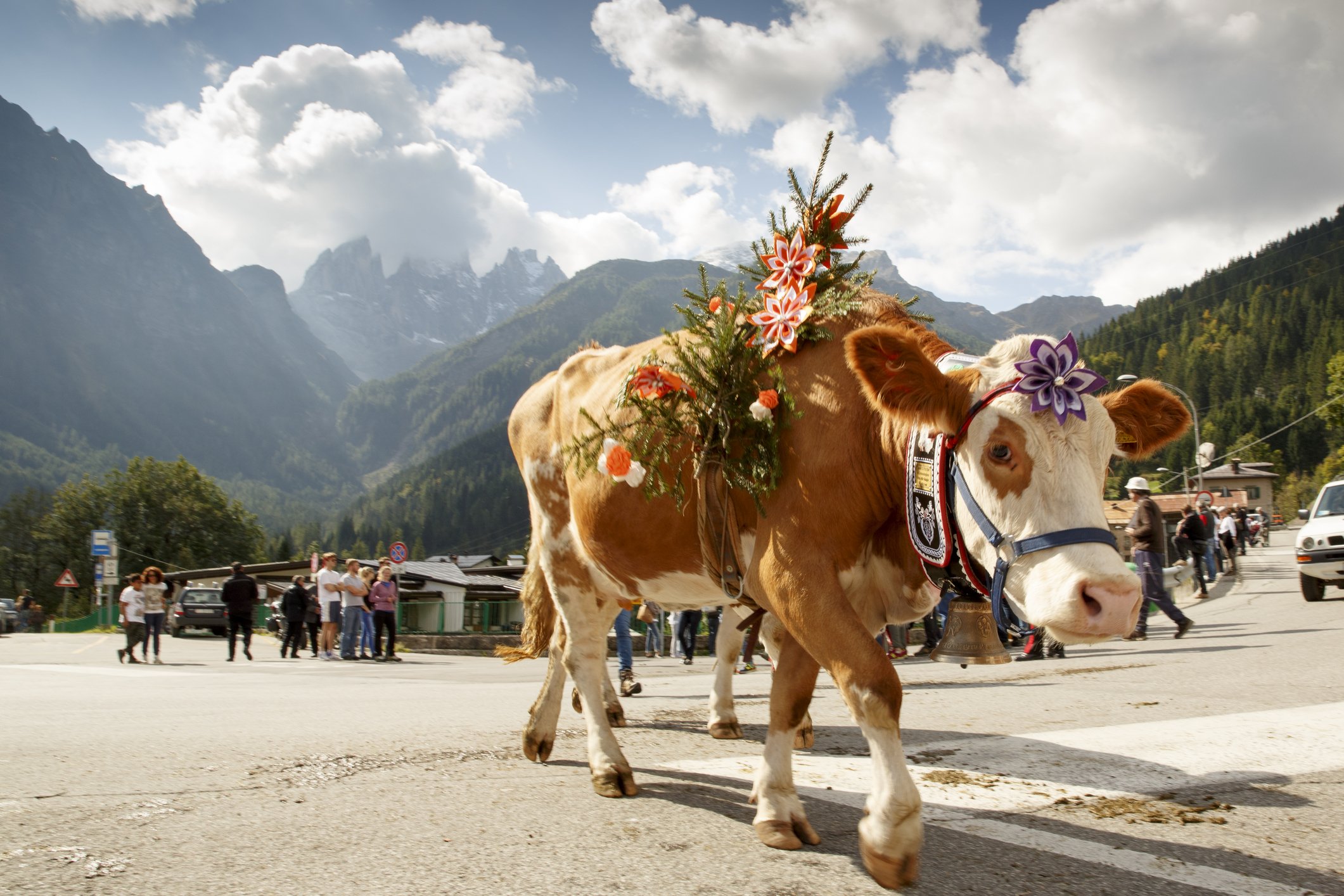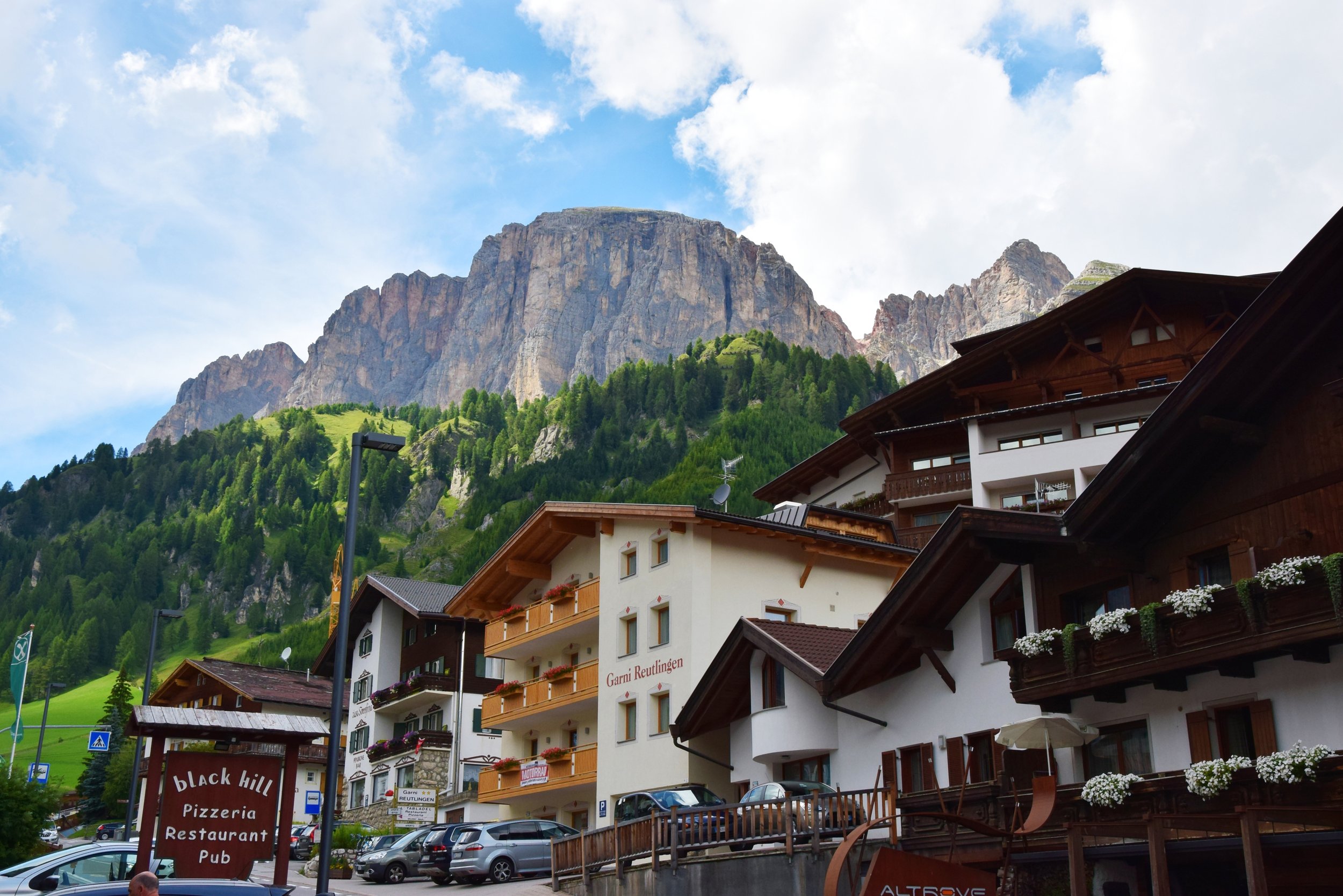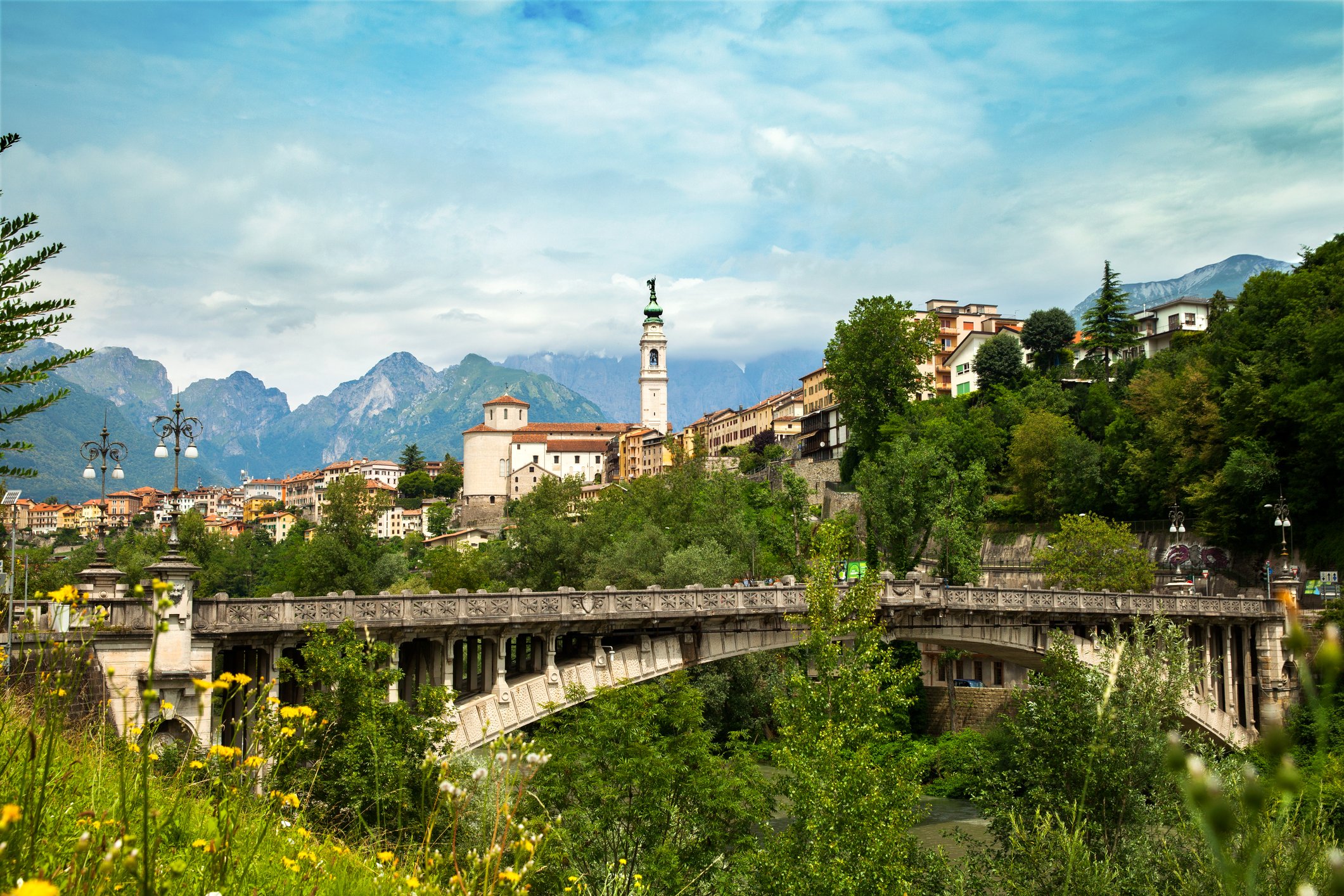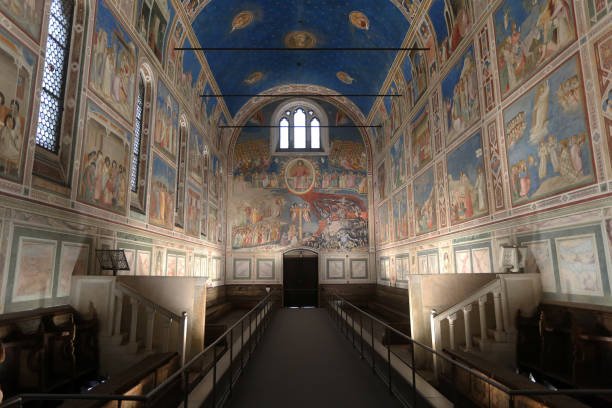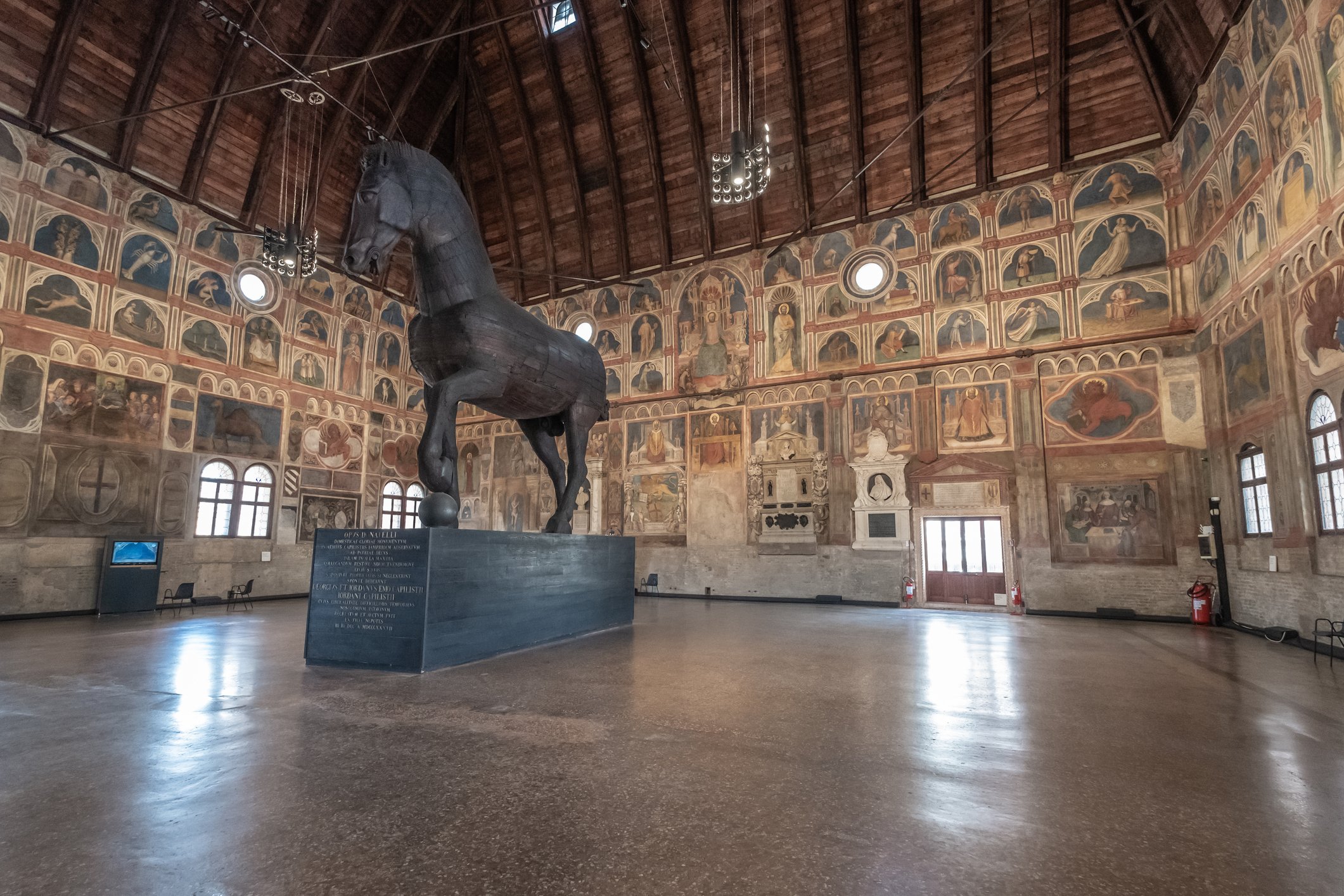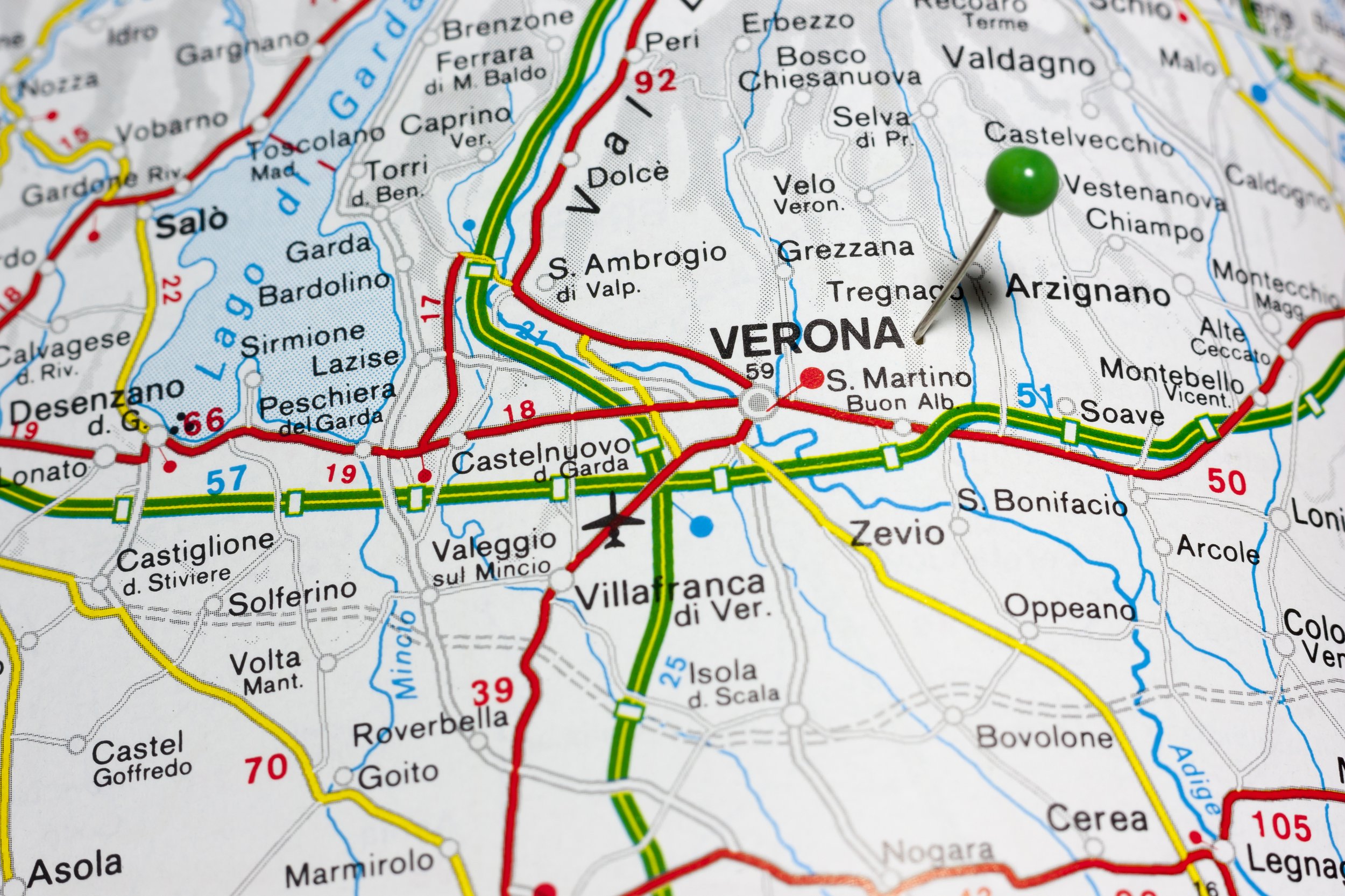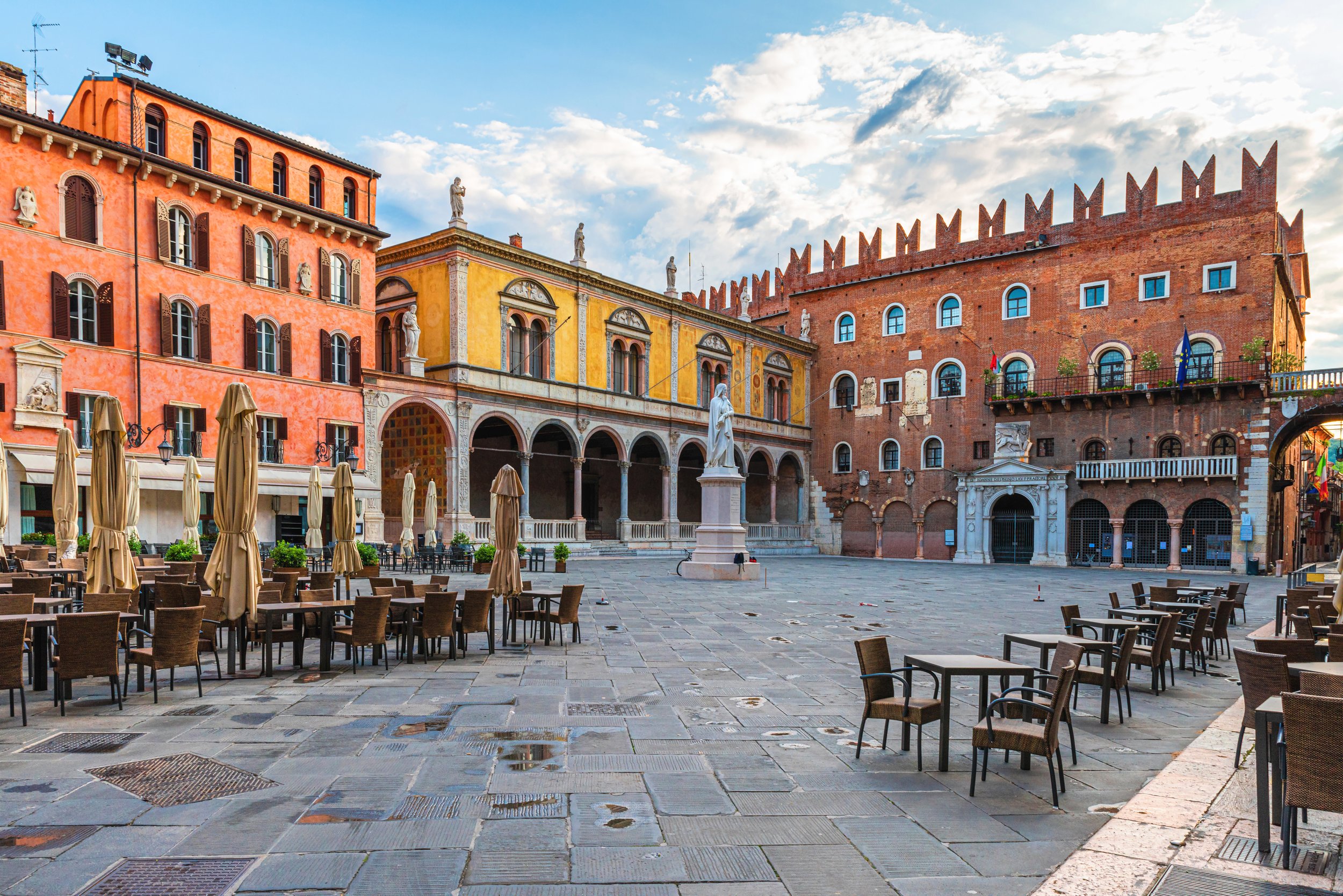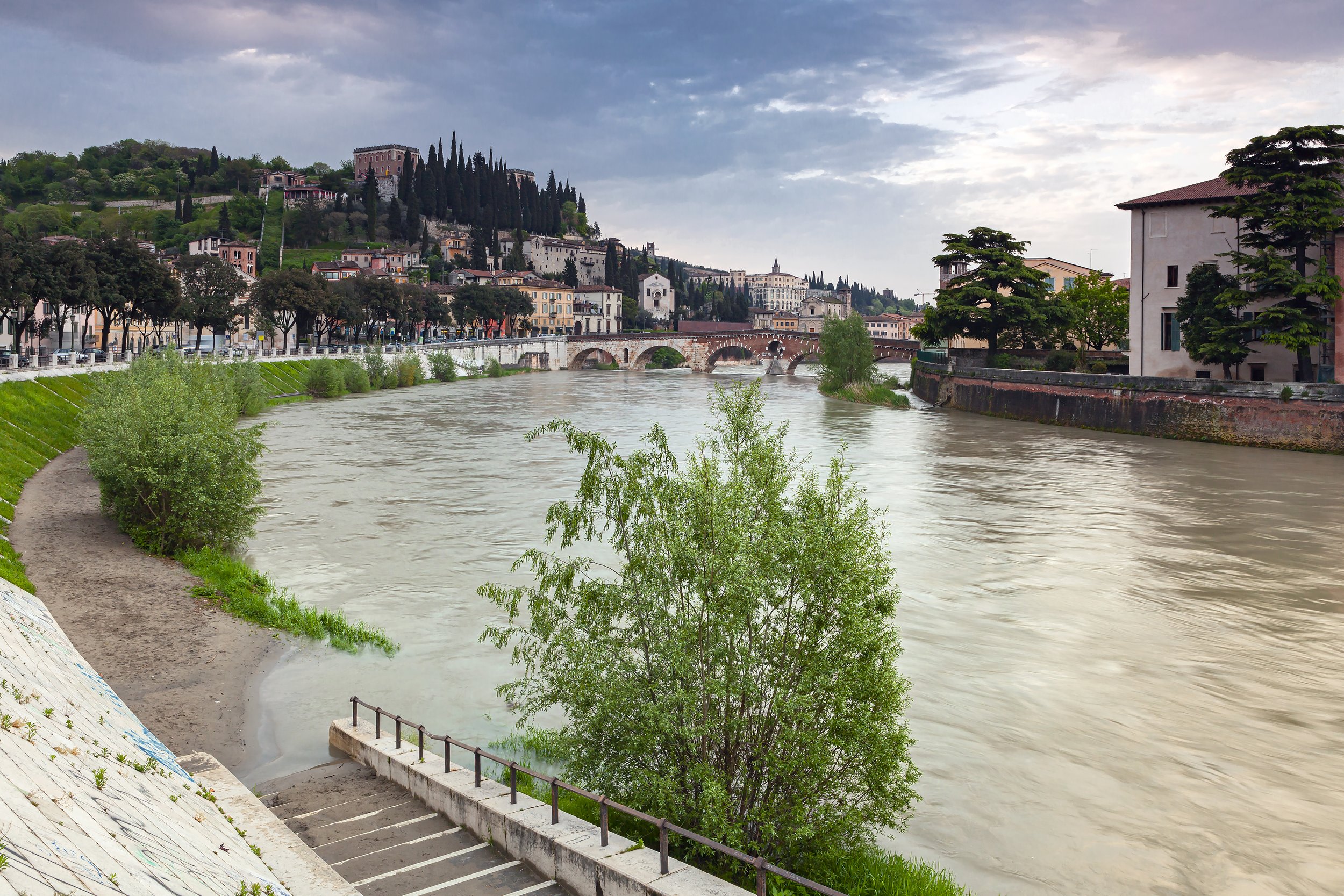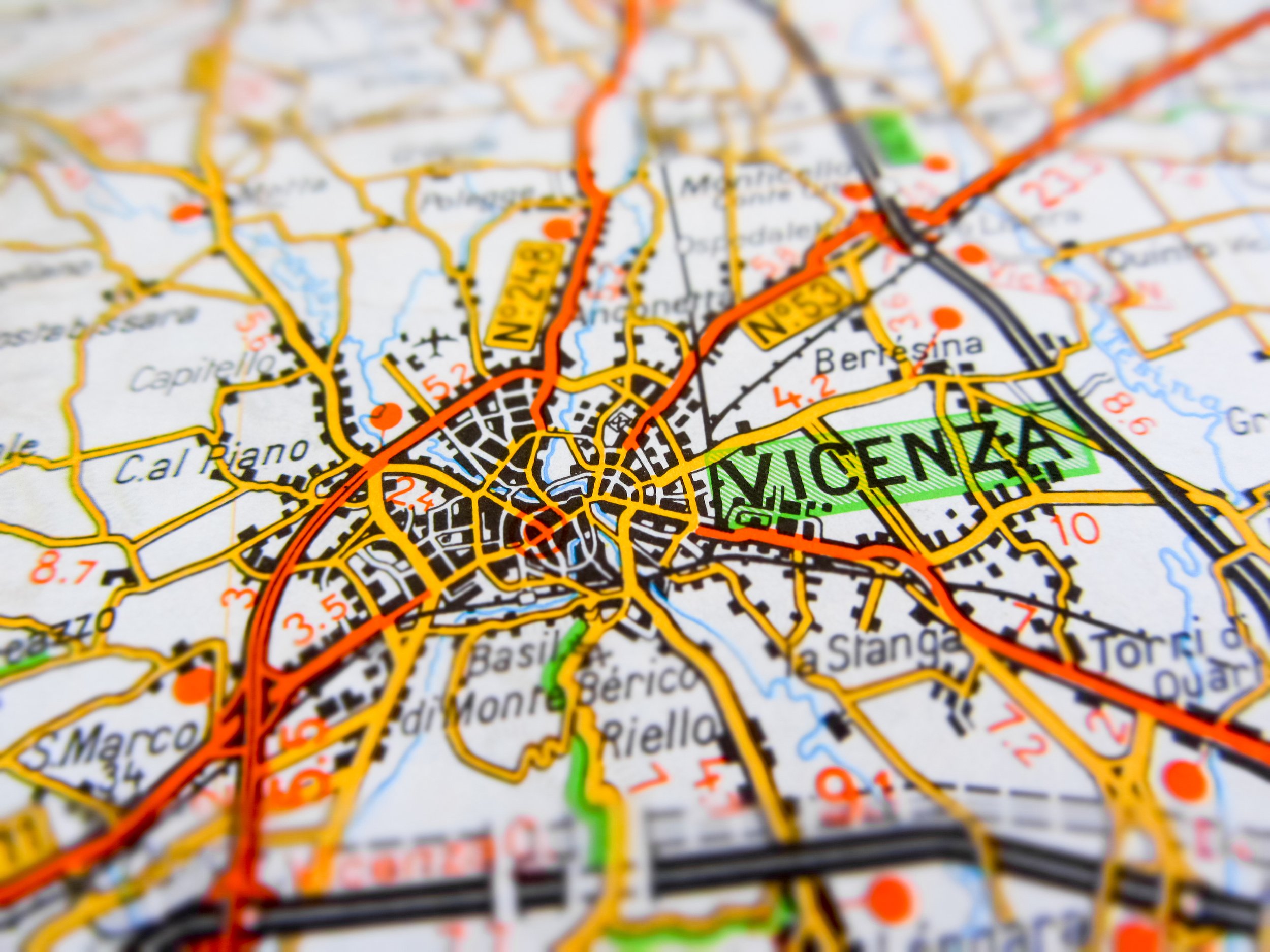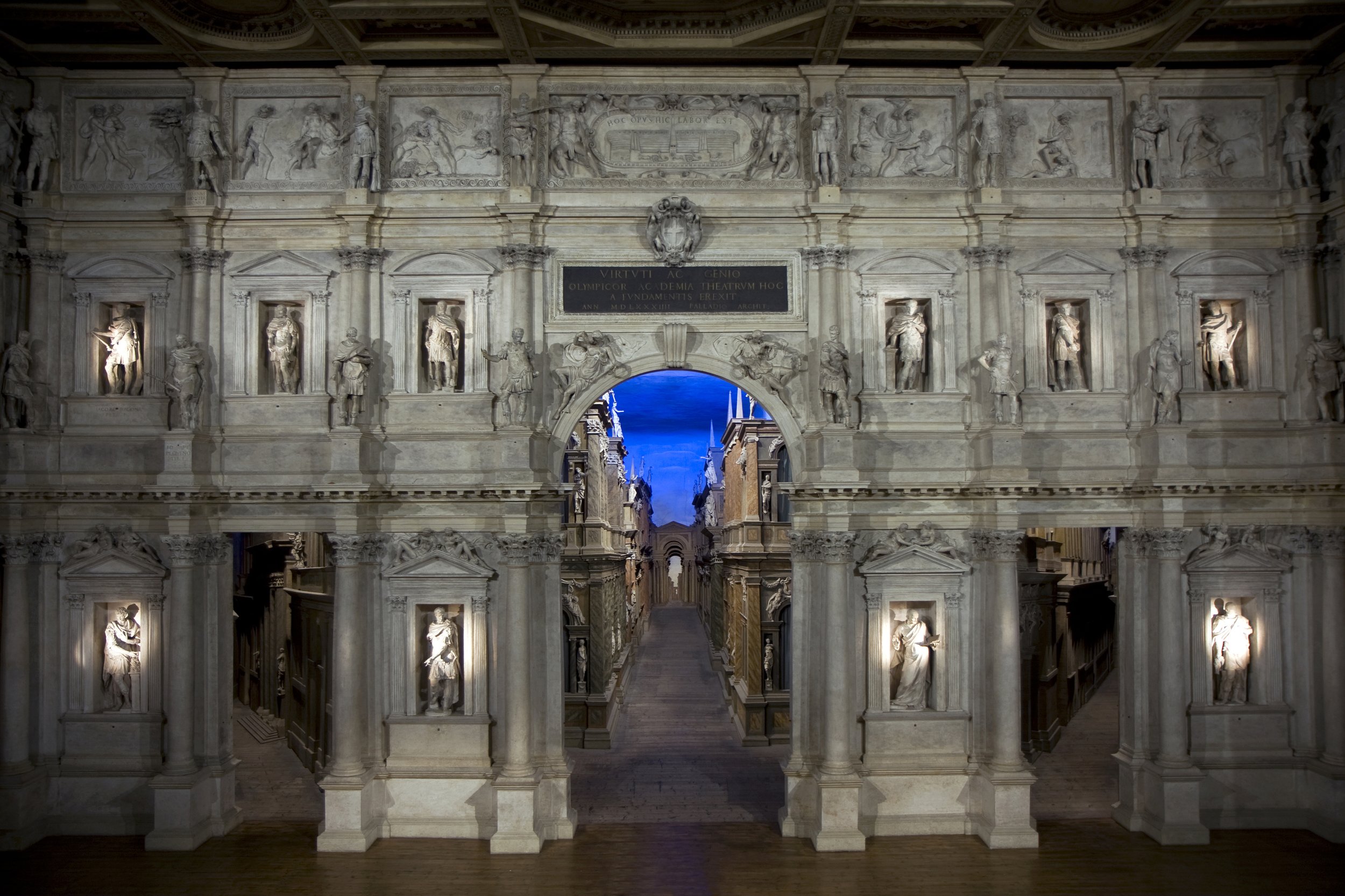The Veneto (Under construction)
When one hears Veneto, Venice immediately comes to mind. Yes. Venice is a jewel of this region. But there is so much more to see and experience in the Veneto. If you haven’t visited the region, you will not regret making time for these gems: Verona, Padua (Padova), Vicenza, Treviso, Rovigo and Belluno. Like every region in Italy, this too is packed with historical significance, great natural beauty, fabulous food and pageantry throughout the year.
Festivals in 2024 in the Veneto
These festivals offer a mix of cultural, historical, and entertainment experiences throughout the Veneto region.
Venice Carnival (Carnevale di Venezia) - Held from January 27 to February 13, 2024, this world-famous carnival features elaborate masks, costumes, and numerous events throughout Venice.
Verona Opera Festival - Running from June 21 to September 7, 2024, this prestigious festival takes place in the Arena di Verona, showcasing opera performances in a historic Roman amphitheater.
Venice Film Festival (Mostra Internazionale d'Arte Cinematografica di Venezia) - Scheduled from August 28 to September 7, 2024, this is one of the most important film festivals globally, featuring premieres, screenings, and red-carpet events.
Feast of Saint Mark (Festa di San Marco) - Celebrated on April 25, 2024, in Venice, this festival honors the city’s patron saint, St. Mark, with processions and festivities.
Vivi il Verde (Green Festival) - From May 24 to 26, 2024, this festival focuses on sustainable living, green technology, and environmental awareness, in Padua.
Festival of Redentore - July 19th - 21st on the island of Giudecca in Venice - A thanksgiving party celebrating the end of the great plague between 1575 and 1577.
Festa del Riso (Rice Festival) - Held in Isola della Scala from September 7 to 15, 2024, this event celebrates the region’s rice cultivation with food stalls, music, and local culture.
Palio di Feltre - A medieval festival in Feltre, scheduled for September 6 to 8, 2024, featuring historical reenactments, parades, and traditional games.
Venice (Venezia)
Venice is iconic - a one-of-a-kind city on the planet. Venice, a city renowned for its canals, architecture, and unique history, has a rich and complex past. Venice’s origins trace back to the 5th to 6th centuries AD when refugees from the mainland sought safety from invasions by Germanic tribes. They settled on the marshy islands in the Venetian Lagoon, creating a unique city structure adapted to its environment. By the 8th century, Venice began to establish itself as a significant maritime power. It was officially recognized as a republic in the 9th century. The city’s strategic location made it a crucial center for trade between the East and West. During the medieval period, Venice was heavily influenced by Byzantine culture, which is evident in its architecture and art. The Venetians developed a strong naval fleet and established trade routes across the Mediterranean. The governance of Venice was characterized by the position of the Doge, an elected leader with significant authority. The Venetian Republic was known for its complex and effective system of government, including the Great Council and the Senate. During the Renaissance, Venice became a center of art and culture. It was home to artists like Titian, Tintoretto, and Veronese. The city’s wealth from trade and its strategic position enabled it to attract and support great artists and architects. In the 17th and 18th centuries, Venice’s political and economic influence began to wane. The city faced challenges from emerging powers like the Ottoman Empire and later, European nations such as Austria and France. Venice fell under Napoleon’s rule in 1797, and the city was subsequently ceded to the Austrian Empire. It was part of the Austrian territories until the unification of Italy. In 1866, Venice became part of the Kingdom of Italy as a result of the Italian unification process. Venice suffered during World War II but was spared major damage. In the post-war period, the city became a major tourist destination, known for its historical architecture, art, and unique canals. Today, Venice faces challenges such as rising sea levels, environmental degradation, and the impact of mass tourism. Efforts are ongoing to preserve its historical heritage while addressing these contemporary issues.
Venice’s history is a testament to its resilience and adaptability, making it one of the most fascinating and culturally significant cities in the world. It can not be experienced in a day or two. Plan on staying here for at least a week to immerse yourself in its history and contemporary treats and artisans.
Highlights to visit in Venice
Palazzo Fortuny (also known as Palazzo Pesaro degli Orfei) - This is a gothic palazzo in Campo San Beneto that was converted into apartments in the 19th century. The widow of Fortuny donated the building to the city and in 1975 it opened its doors as a museum. A great deal of restoration work has preserved its facade. Today it is used for art exhibitions. Learn more about this fantastic Venetian treasure at https://www.theveniceinsder.com/unveiling-the-magic-of-palazz0-fortuny-
The Doges Palace

